James Joyce and Sexuality
55 $
- نام کتاب: James Joyce and Sexuality
- نام فارسی: جیمز جویس و مسائل جنسی
- نویسنده: ریچارد براون
- ناشر: Cambridge
- نوع جلد: Paper Cover
- وضعیت: نو
1 عدد در انبار
James Joyce and Sexuality by Richard Brown
James Joyce and Sexuality by Richard Brown یکی از پژوهشهای مهمی است که به بررسی نقش و بازنمایی جنسیت و مسائل جنسی در آثار جیمز جویس میپردازد. این کتاب تحلیلی عمیق از رویکردهای جویس نسبت به روابط جنسی، هویت جنسیتی و تمایلات شهوانی ارائه میدهد و نقش این موضوعات را در ساختار ادبی و معنایی آثار او مورد بررسی قرار میدهد.
محتوای کتاب James Joyce and Sexuality
در این کتاب، ریچارد براون با استفاده از رویکردهای نقد ادبی، روانکاوی و مطالعات جنسیت، ابعاد مختلف تجربیات و تخیلات جنسی در آثار جویس را واکاوی میکند. برخی از موضوعات کلیدی این کتاب شامل موارد زیر است:
- تحلیل جنبههای جنسی در آثار جویس: بررسی اینکه چگونه روابط عاشقانه، میل جنسی و انحرافات شهوانی در داستانهای او نقش ایفا میکنند.
- نگاه جویس به جنسیت و هویت: تحلیل شخصیتهایی مانند مولی بلوم در اولیس و استفن ددالوس در پرتره مرد هنرمند در جوانی از نظر تجربههای جنسی و جنسیتی.
- رابطه جویس با تابوهای اجتماعی: بررسی نقد اجتماعی و فرهنگی جویس بر سرکوب جنسی در ایرلند و اروپا و نحوه بازتاب آن در آثارش.نامههای
- جویس و جنبههای شخصی او: تحلیل نامههای جیمز جویس به همسرش نورا بارناکِل و تأثیر این ارتباط بر ادبیات او.
چرا مطالعه James Joyce and Sexuality اهمیت دارد؟
- تحلیل نوآورانه و جسورانه: این کتاب نگاهی متفاوت و جسورانه به موضوعات جنسی در آثار جویس دارد و نشان میدهد که او چگونه تابوها را درهم میشکند.
- مناسب برای پژوهشگران و علاقهمندان به نقد ادبی: این اثر برای دانشجویان و محققان حوزه نقد ادبی، روانکاوی و مطالعات جنسیت یک منبع ارزشمند محسوب میشود.
- کشف ابعاد پنهان شخصیتهای جویس: کمک میکند تا درک عمیقتری از شخصیتهای پیچیده مانند لئوپولد بلوم، مولی بلوم و استفن ددالوس به دست آورید.
چگونه James Joyce and Sexuality را تهیه کنیم؟
- این کتاب در بسیاری از فروشگاههای بینالمللی از جمله آمازون (Amazon) و بارنز اند نوبل (Barnes & Noble) موجود است.
- برخی از کتابفروشیهای ایران که کتابهای زبان اصلی را چاپ میکنند، ممکن است نسخهای از آن را داشته باشند.
- ما یک نسخه نفیس از نسحه اوریجینال را داریم. برای هماهنگی خرید با ما تماس بگیرید.
قیمت حدودی این کتاب
قیمت این کتاب بسته به نسخه و فروشنده متفاوت است:
- نسخه چاپی (Paperback یا Hardcover): بین 32 تا 68 دلار
🎧 نسخه صوتی:
- احتمالاً نسخه صوتی این کتاب در پلتفرمهایی مانند Audible موجود نیست، اما برخی مقالات مرتبط ممکن است بهصورت پادکست در دسترس باشند.
جمعبندی
James Joyce and Sexuality by Richard Brown کتابی مهم برای درک نقش جنسیت، تمایلات جنسی و هویت در آثار جیمز جویس است. این اثر به تحلیل نحوه پرداختن جویس به تابوهای جنسی، روابط بین شخصیتها و تأثیرات زندگی شخصی او بر نوشتههایش میپردازد. اگر به مطالعات جویسشناسی، نقد روانکاوانه و تحلیلهای اجتماعی-ادبی علاقهمند هستید، این کتاب منبعی ارزشمند برای مطالعه خواهد بود.
موارد مشابه با همین موضوع:
Nora The Real Life of Molly Bloom
The New Bloomsday Book by Harry Blamires
A Companion to James Joyce’s Ulysses
The Cambridge Companion to James Joyce
Ulysses Annotated Notes for James Joyce’s Ulysses
| وزن | 0.3 کیلوگرم |
|---|---|
| ابعاد | 21 × 13.5 × 1.2 سانتیمتر |

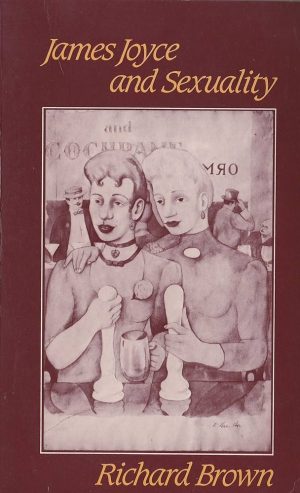
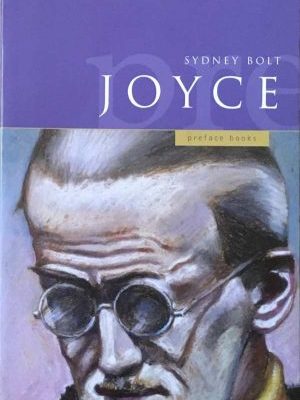
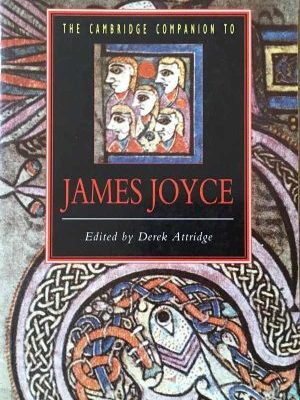
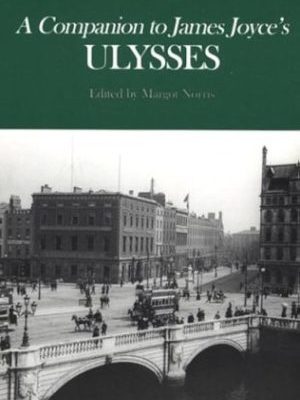
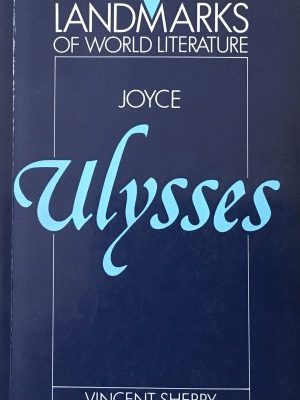
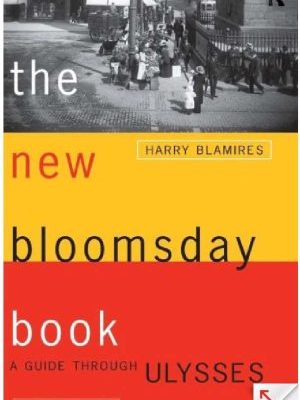
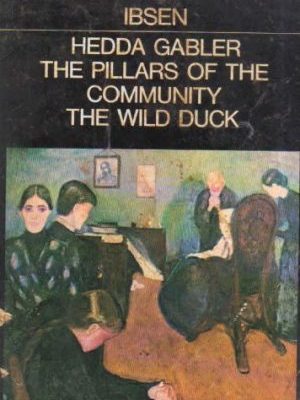


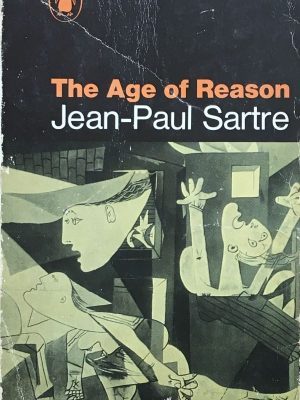

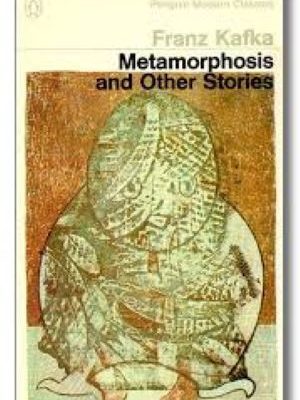
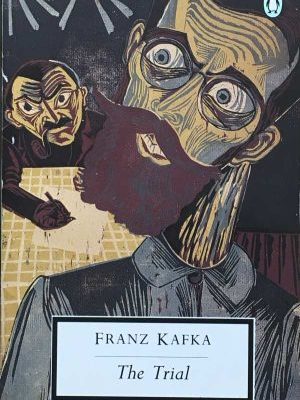
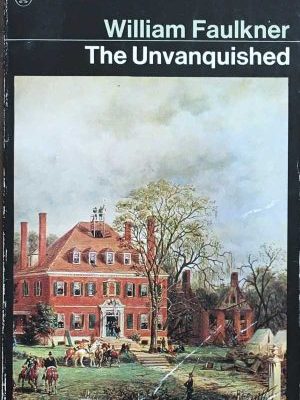
نقد و بررسیها
هنوز بررسیای ثبت نشده است.